The bacteria Burkholderia pseudomallei (also known as “flesh-eating bacteria”) that causes Whitmore disease appears sporadically throughout the year but often increases and becomes more complicated during the rainy season.
Whitmore disease is not a new disease in Vietnam. Every year, the whole country has about 100-200 people suffering from this disease. Since the beginning of the year, Tam Anh General Hospital in Ho Chi Minh City has treated more than 10 cases, including 4 cases that occurred in the last 3 months, which is the rainy season in the Southern region.
 |
| The bacteria Burkholderia pseudomallei (also known as “flesh-eating bacteria”) that causes Whitmore disease appears sporadically throughout the year but often increases and becomes more complicated during the rainy season. |
The flesh-eating bacteria Burkholderia pseudomallei that causes Whitmore's disease is a gram-negative bacterium that can survive in harsh conditions such as nutrient-poor, dry environments. They often live in naturally moist soil environments, especially the soil layer 20-40 cm below the surface.
This bacteria has the ability to cause strong inflammation, leading to damage to surrounding tissues and structures, including the discs and vertebrae.
The main route of infection is through damaged skin coming into direct contact with contaminated soil or through inhalation of contaminated soil particles.
The disease often occurs in people who are frequently exposed to soil and water such as farmers, construction workers, gardeners, soldiers, etc.
Whitmore disease can occur in humans and animals such as dogs, cats, cows, horses, rats and is often scattered throughout the year but increases during the rainy season.
Mr. Cuong, 59 years old, living in Thu Duc City, has just been successfully treated for Whitmore disease by doctors from the Department of Internal Medicine, Tam Anh General Hospital, Ho Chi Minh City.
According to Mr. Cuong, for the past 3 months he has been very tired, had a fever in the afternoon, had a poor appetite, had back pain, and lost 19kg. Mr. Cuong has a history of type 2 diabetes, high blood pressure, and frequent alcohol use.
He went to many hospitals for examination but his health did not improve. 3 days before being admitted to Tam Anh General Hospital in Ho Chi Minh City, he had a high fever of 39 degrees Celsius, felt lethargic, had more back pain, could not walk by himself, had to be supported, and needed assistance with personal activities.
The doctors gave the patient a blood culture, and the results identified the bacteria Burkholderia pseudomallei as the causative agent of the infection. The doctor continued to have Mr. Cuong perform blood tests, which showed high inflammation and white blood cell counts.
After that, the patient underwent a magnetic resonance imaging (MRI) of the spine, which showed that the bacteria had damaged the vertebral body - L3-L4 disc and surrounding inflammation with abscess-like rimmed foci in the iliopsoas muscle on both sides. The largest foci in the iliopsoas muscle on the left side were #34x13x24mm, on the right side were 46x15x36mm.
The lesion spread into the epidural space, with small abscesses, pressing on the anterior surface of the dura mater, slightly pressing on the anterior surface of the cauda equina, spreading to the L3-L4, L4-L5 intervertebral foramina on both sides. In addition, there were multiple abscesses scattered in the prostate, the largest abscess was 20x14mm.
Dr. Le Thi My Chau, Infection Unit, Department of Internal Medicine, Tam Anh General Hospital, Ho Chi Minh City, said that after entering the body, Burkholderia pseudomallei bacteria can cause infection and lead to abscesses in many organs as well as disc inflammation, reducing their ability to withstand force and durability.
Inflammation can cause pain and limited movement. In addition, the infection can lead to spondylitis, which damages the vertebrae and surrounding tissue, and in severe cases can even cause bone necrosis.
The disease may have no specific clinical manifestations and often resembles other forms of osteomyelitis, infectious arthritis, and rheumatoid arthritis.
The prominent features of infectious arthritis are swelling, pain, redness and heat around the joints, making it difficult for the patient to perform daily activities.
The doctors prescribed a 4-week course of intravenous antibiotics, Meropenem, combined with oral Cotrim, and blood sugar control. One week after treatment, Mr. Cuong's fever was gone, and a blood culture test was negative. Four weeks after treatment, he had a good appetite, could walk on his own, the abscess had significantly reduced in size, and he could function normally.
Also regarding this disease, information from Bai Chay Hospital (Quang Ninh) said that the facility is treating 4 cases of whitmore disease (also known as flesh-eating bacteria) that damages many organs, weakens the immune system such as sepsis, liver abscess, leg abscess, meningitis.
Whitmore disease occurs at all ages, men often have a higher rate of infection than women. People with underlying medical conditions such as diabetes, alcoholism, long-term use of corticosteroids, chronic lung and kidney disease, etc. are often at higher risk of infection than normal people.
The disease can also occur in people who were previously completely healthy and there have been no recorded cases of transmission between humans and animals.
According to Dr. My Chau, recent environmental surveys have shown that more than 80.0% of soil samples in southern Vietnam tested positive for the bacteria Burkholderia pseudomallei. People should use protective equipment (such as boots, gloves) and bandage open wounds, cuts or burns if they have to come into close contact with soil or water.
People at high risk should avoid going outside after heavy rain, especially in rural areas, to prevent the risk of Whitmore disease.
Because there is no vaccine to prevent the disease, people need to regularly wash their hands before and after preparing food, before eating, after using the toilet, and after working in the fields.
Do not bathe, swim, or dive in ponds, lakes, or rivers in or near contaminated areas. If you have open wounds, ulcers, or burns, avoid contact with potentially contaminated soil or water.
When patients have symptoms of prolonged high fever, skin and soft tissue infections, pneumonia, abdominal pain, back pain, headache, etc., they should go to medical facilities with high technical expertise for early diagnosis and treatment.
Source: https://baodautu.vn/canh-giac-voi-vi-khuano-an-thit-nguoi-vao-mua-mua-d223215.html








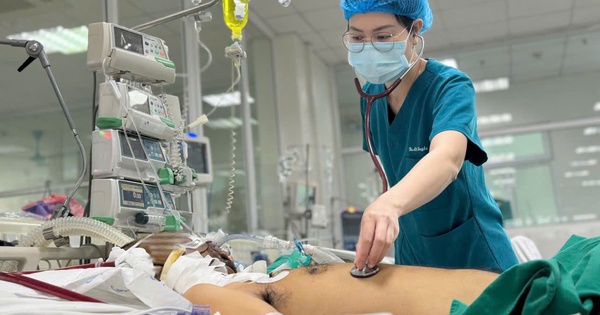

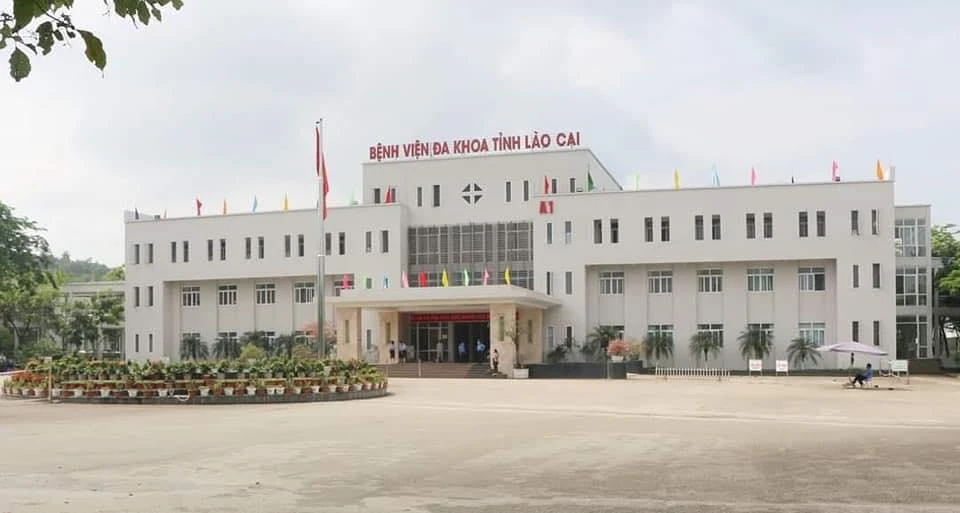

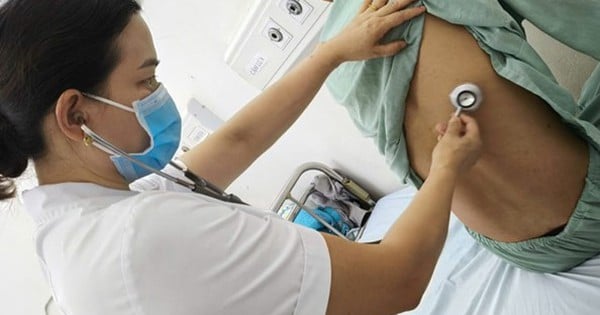
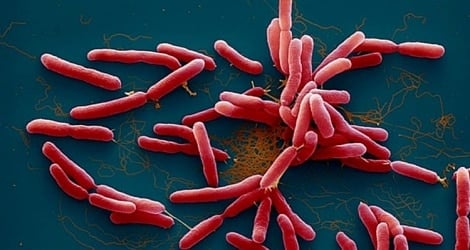







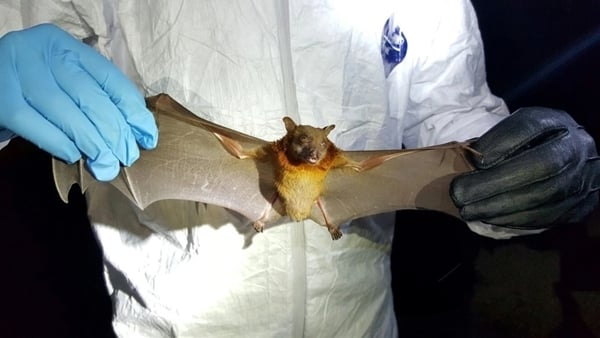

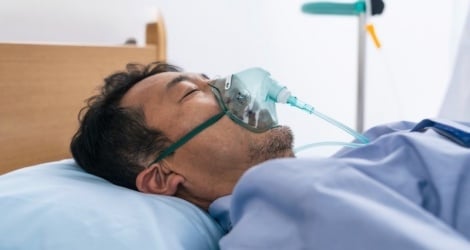
















Comment (0)